Estate planning: a quick reminder

I hope this message finds you well. I often tell people in my network the biggest estate planning mistake they can make is to be among the 67% of Americans who don’t have one. But this big mistake is followed by a close second: creating an estate plan and thinking you’re then set for life. […]
Another reason to be wary in chapter 13

In In re Goetz, 2024 WL 998765 (8th Cir. Mar. 8, 2024), the Eighth Circuit Court of Appeals gave bankruptcy 13 debtors reason to be concerned about conversions from chapter 13 to chapter 7. On August 19, 2020, the debtor Machele Goetz (“Debtor”) filed a chapter 13 bankruptcy petition and plan. At that time, she owned […]
Don’t Fence Me In: Navigating Boundary Disputes with Your Neighbor

Here are the most common issues that land and property owners run into: boundary disputes. This happens when more than one owner claims ownership of the same piece of land. And whether you’re the one disputing or the one accused of encroaching, there are a few things you can do to try to handle the […]
WHO WILL KNOW I FILED BANKRUPTCY?
People often ask me who will know about their bankruptcy filing. Just like most court proceedings, a bankruptcy filing is technically “public information”. However, being public information does not mean that it is “publicized”. When we filing bankruptcy, we put together what amounts to a mailing list and file that with the court. The court […]
HOW IMPORTANT IS THE ATTORNEY-CLIENT RELATIONSHIP IN A BANKRUPTCY?
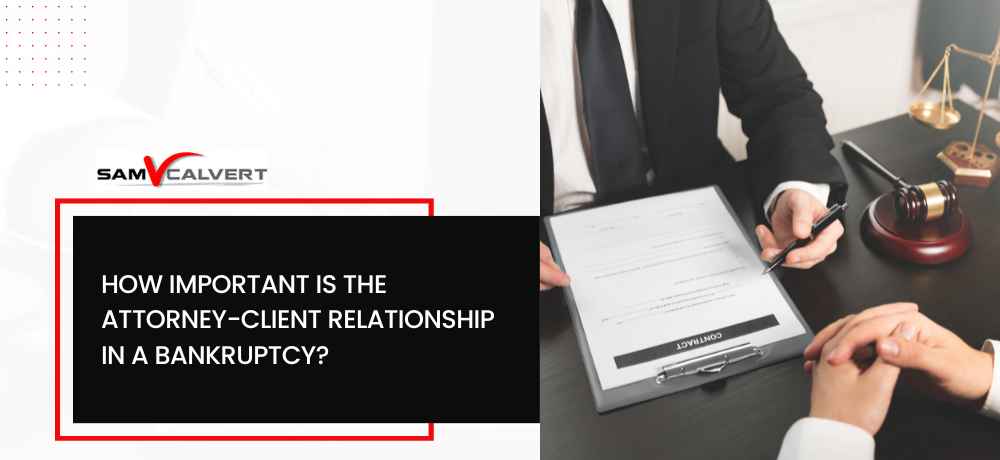
Bankruptcy is a complex legal process that can have a significant impact on your financial future. When navigating the ins and outs of bankruptcy, it’s crucial to have a skilled and trustworthy attorney by your side. But what makes the attorney-client relationship so important in bankruptcy cases? In this blog, we’ll explore the critical role […]
SIX SIGNS IT’S TIME TO CONSIDER FILING BANKRUPTCY
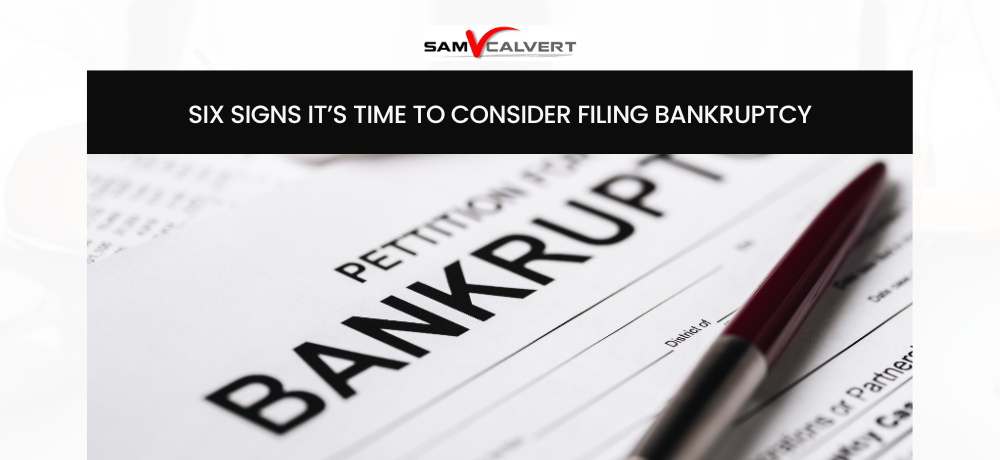
Bankruptcy is a legal process that can be thought of as a financial reset button. It’s a way for individuals or businesses to get relief from their overwhelming debts and start fresh. Essentially, it’s a legal declaration that a person or organization is unable to pay off their debts, and they’re seeking assistance from the […]
THE SIGNIFICANCE OF LIVING WILLS: ENSURING YOUR HEALTHCARE PREFERENCES ARE HONORED
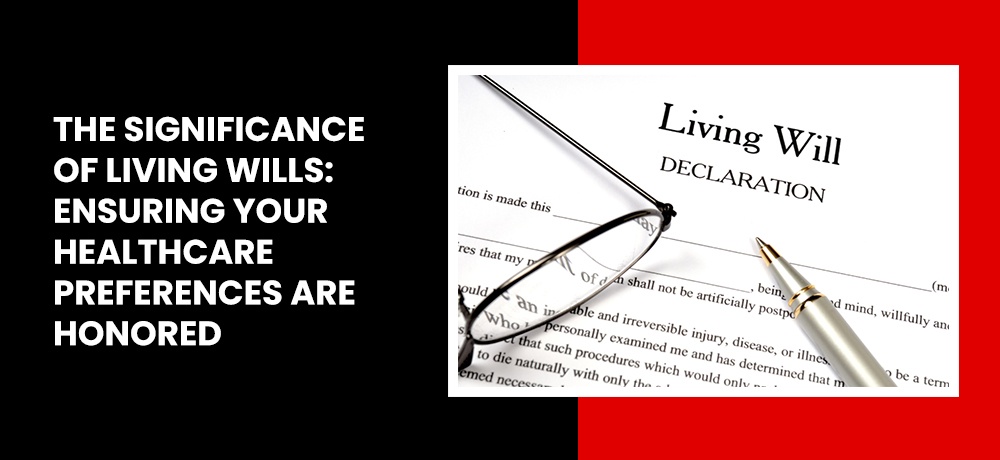
Planning for the future is crucial, especially when making decisions about your healthcare. Have you ever heard of a “living will” or an “advance directive”? These legal documents can provide essential instructions for medical care, ensuring that your wishes are honored even if you cannot communicate them yourself. In this blog, we’ll explore the significance […]
BENEFITS OF HIRING AN ESTATE PLANNING ATTORNEY
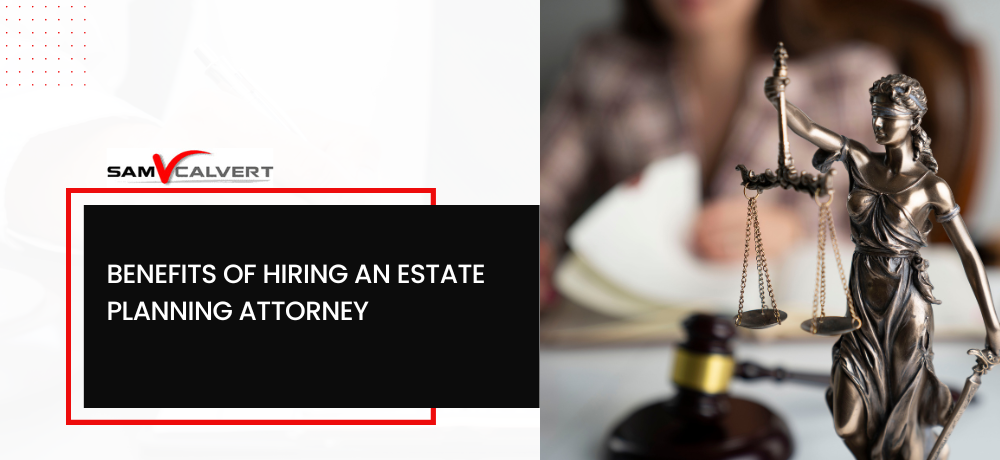
What do you get when you mix a lawyer, a financial advisor? – it’s an estate planning attorney! These skilled professionals possess a magical ability to help individuals plan and protect their assets for the future, all while navigating the legal and financial complexities of the process.An estate planning attorney is a legal professional who […]
REASON TO NOT KEEP YOUR MONEY IN THE SAME PLACE YOU OWE MONEY!

Many of the people I meet have their accounts at a credit union. Usually they like their credit union and assume that the credit union likes them back. And that may be true, generally. But I recently came across a credit card agreement from a local credit union, for a Visa card. On the second […]
THE TWO MOST COMMON TYPES OF BANKRUPTCIES
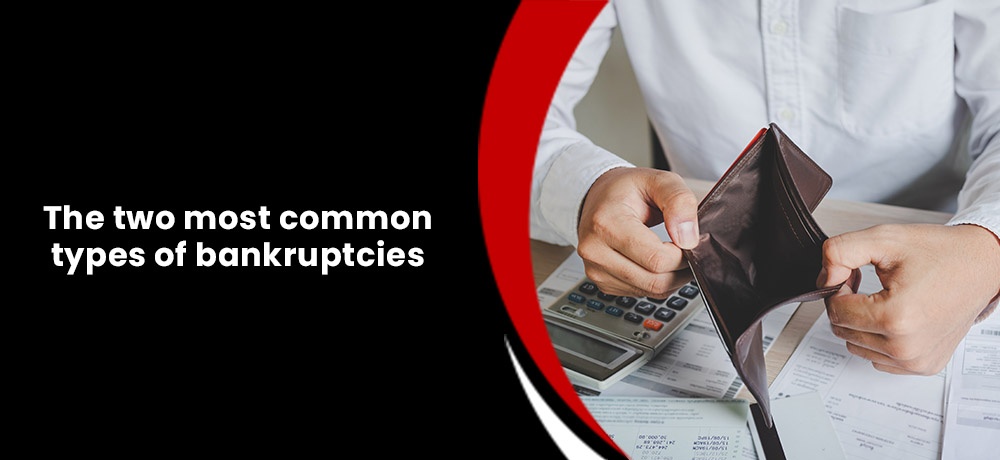
Bankruptcy is often feared, and the decision to file for bankruptcy can be a difficult choice. But, bankruptcy can be necessary for someone facing overwhelming debt, because it can give them a fresh start financially. If you wonder whether bankruptcy is the right choice for you, let’s talk. The two most common types of bankruptcies […]
